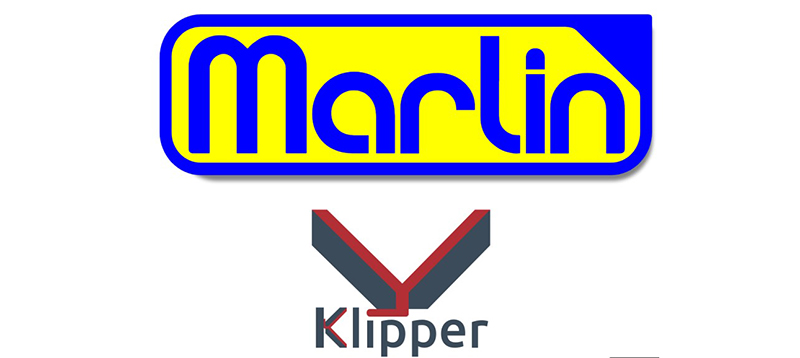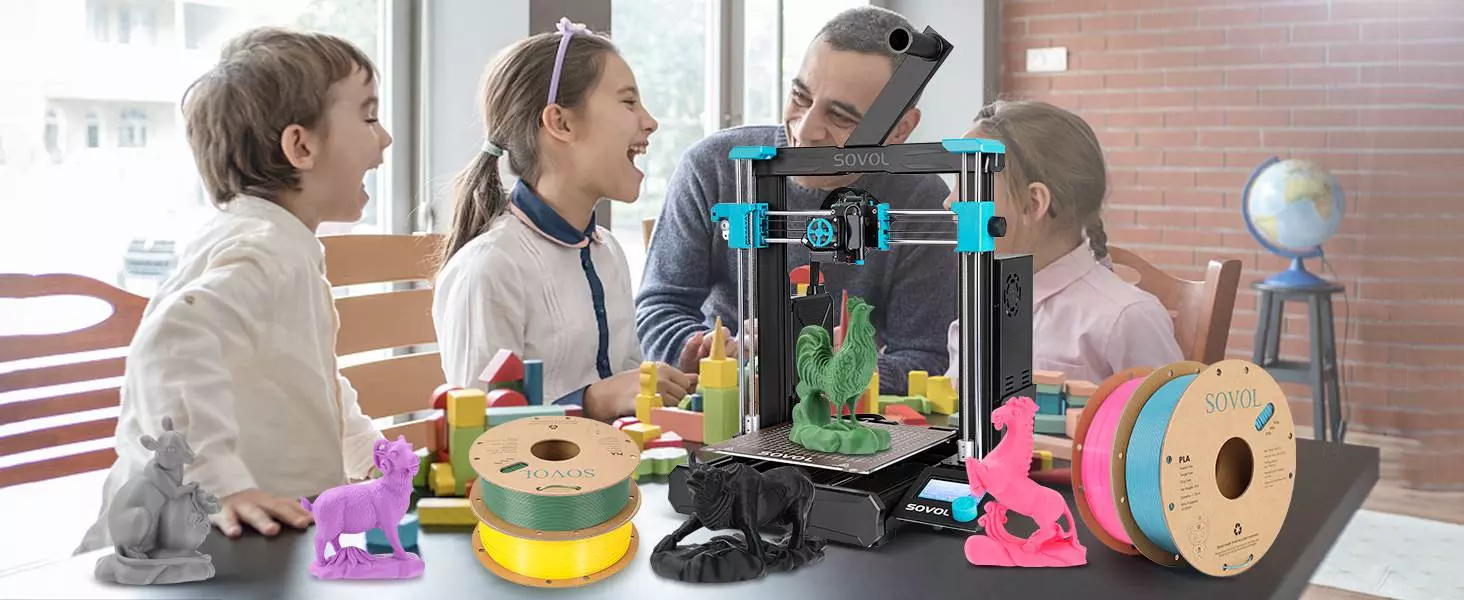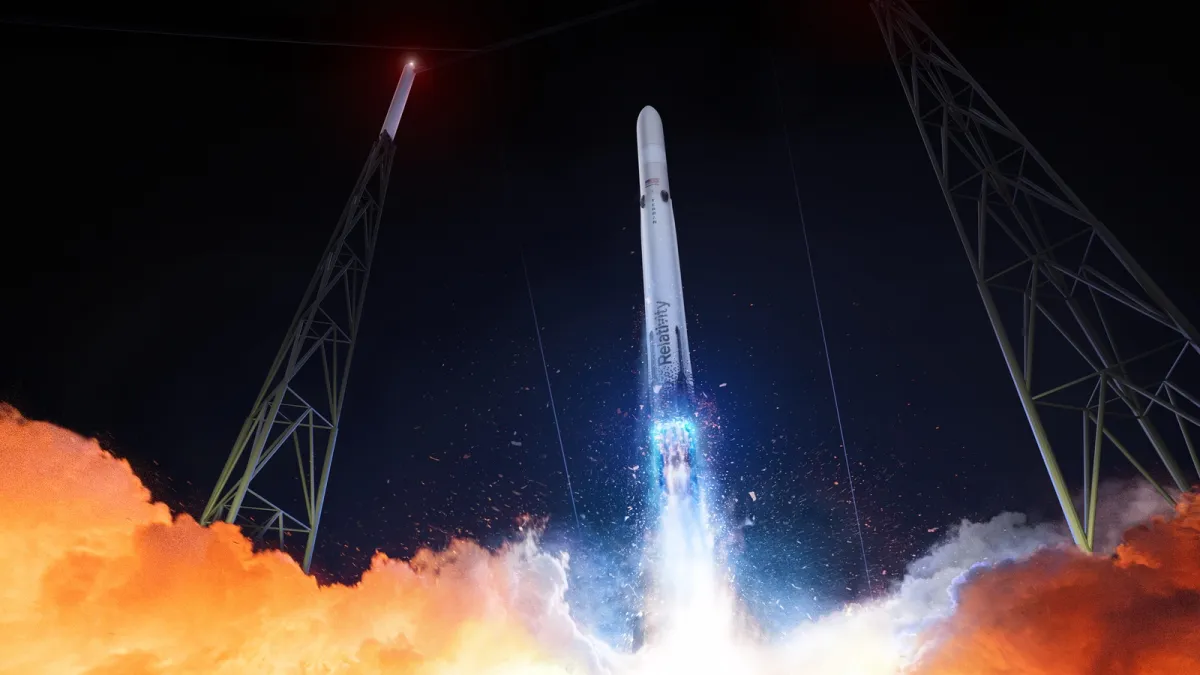One of the most popular questions we get asked in the 3D printing community is which 3D printer to buy! There is a lot to consider in this decision and many, many printers to select from, so I put together some key questions you need to answer if you are to make an informed 3D printer purchase decision …
Q1: what is my budget?
Once you have defined the purpose of your 3D printer, you need to know how much you are willing to spend on this new machine. There are different price ranges: for $200+, you will be able find FDM 3D printers in kit form or Sovol 95% pre-assembled machines, which is super easy even for the beginners to install. If your budget is higher, from 1000€, you can turn to plug & play 3D printers, which are ready to use and can be started with a simple button.
If your budget exceeds a thousand euros, other technologies are available. Between $1,000 and $5,000, you will find SLA and FDM 3D printers that have a very high print quality. Between $5,000 and 30,000, you would opt for industrial FDM machines or more specialized SLA printers for sectors such as dental or jewelry. You will also find selective laser sintering (SLS) machines, which have gained in popularity over the years and that are particularly useful in certain industries.
Finally, the last price range starts from $80 000 and more. Such a budget will allow you to access technologies such as HP’s Multi Jet Fusion, or Direct Metal Sintering (DMLS) which allows you to make metal parts.
Q2: What material am I interested in using?
Mostly people are going to, at least initially, print using a vegetable based plastic called PLA. This is the generic go-to material. But it doesn’t end there, because you might need flexibility, more toughness (ABS, PETG, Nylon), or even glow in the dark or metal filaments that are abrasive to your nozzle. Depending on the material depends on some features that you might need, such as a heated bed, heat resistant parts, and the temperature your hot-end can safely reach.
Q3: what print volume do I need?
It is important to know what you want to print and in what quantity; those printing in small runs would not have the same needs as those printing in larger quantities. This is where you need to consider whether the cheapest machine is really the best solution. In some cases, you will have to spend a little more to get a larger print volume.
However, there are FDM technology machines with a generous print volume at an affordable price or even large format machines. In the case of SLA or SLS technologies, 3D printers generally don’t have as much print volume. For metal 3D printers, sizes vary depending on your needs and investment, but it is already possible to have beautiful industrial parts.
Q4: What Prints Quality and Print Speed do I need?
The quality of the prints that a 3D printer is capable of producing is an essential factor to consider before making a purchase decision. Before buying, you need to find out the printer's resolution and layer height to determine the level of detail and precision it can achieve.
Layer height is the vertical distance between two adjacent layers of plastic or other material that a 3D printer prints at a time, while the resolution is the overall quality of the 3D print in terms of sharpness and level of detail.
Generally, layer height is inversely related to print resolution. This is because a higher layer height results in fewer layers, which may cause the print to look more rough and grainy. A lower layer height means that more layers have to be printed to create the same object, increasing the resolution. The maximum resolution and layer height that can be achieved depends on the 3D printer and its hardware.
Print speed is another essential factor to consider when choosing a 3D printer. A high resolution usually means slower print speed, and vice versa. You can get faster print speeds by increasing the temperature of the print bed or extruder, but only up to a point before you start having to deal with overheating issues.
Q5: what is my 3D printing skill level?
It’s important to know where you stand with respect to 3D printing: are you a beginner? Do you have some technical skills in this area? The degree of knowledge in additive manufacturing could influence your choice of printer.
There are 3D technologies that are suitable for everyone; for example, beginners can use FDM technology, they will find Plug and Play machines, which combine hardware and software. The printer is already assembled and it is possible to start printing directly. On the other hand, there are DIY kit 3D printers, which will allow you to print what you want but that you will have to assemble the machine yourself. If you are familiar with 3D printing and have skills in mechanics, 3D modeling, etc., you can opt for more professional technologies such as SLA, SLS, Multi Jet or DMLS, which require additional training and care to fully understand the process.
An important point to consider is using the right 3D software. With less complex projects, you can use very simple 3D software, but as the complexity of your project increases and you need new technologies, it is not uncommon for CAD needs to become more complex as well.
How to select a suitable 3D Printer
The best 3D printer is the one that suits your budget and matches your individual needs and preferences. Hence, it is important to take these factors into careful consideration when making a decision. With proper use and maintenance, a good 3D printer will still produce high-quality prints five years after being purchased. So, be sure to choose a printer you will still want to use after that amount of time.



(1)-ZI1.webp)







